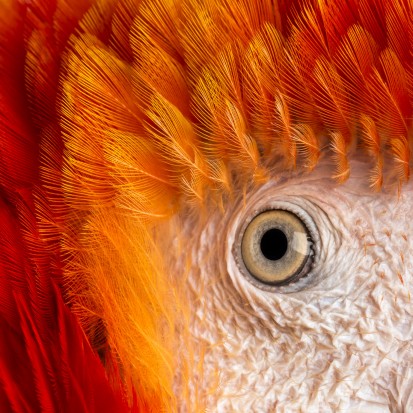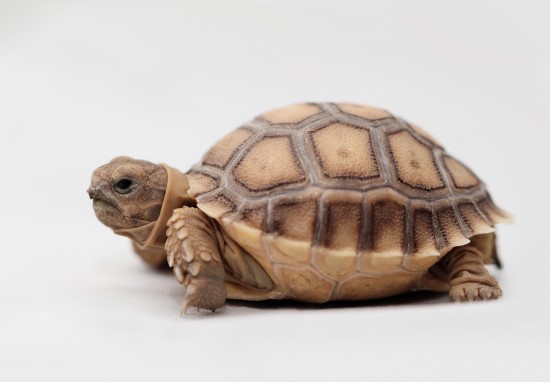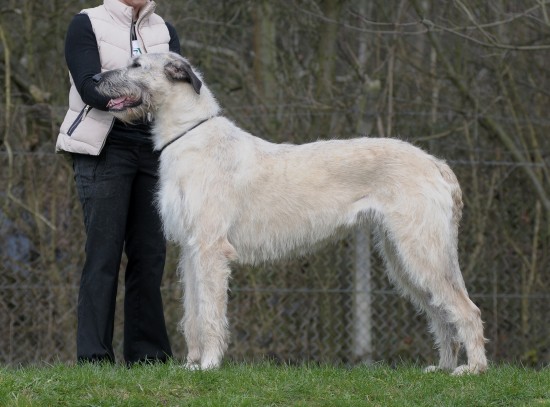Is there such a thing as fail-safe fencing and gates? Maybe someday! In the meantime, there are certain steps you should take to make sure your horse not only remains in his enclosure, but remains there safely.
First of all, consider visibility. Your horse must be able to see his fencing, otherwise injuries are imminent. While your horse shouldn't have any trouble seeing a wood or PVC fence, wire fences pose more of a problem. Colorful tape or ribbon tied to the fence every foot or so makes the horse aware of the fence.
Next, consider the height of the fence. Fencing must be high enough to deter the horse from going over, and low enough to deter him from going under. How high is high enough? About nose high (the horse's nose, that is!) should do it. If you have more than one horse in the enclosure, put it at the height of the tallest horse's nose.
There are many different types of fencing to choose from, but electric, wood, and PVC are the most popular.
Electric fence is the most economical for horsemen on a budget. The most popular forms of electric fence for horses are galvanized wire, plastic-coated wire, 1/2-inch electric polytape, or 1 1/2-inch electric polytape. A good way to make wire fence visible to your horse is to tie brightly colored cloth on every strand every three feet or so. In addition to the wire you'll need insulators, posts, hardware, and a charger. For about $200, you can buy everything you need to build a small electric fence corral.
If your budget is larger you might want to investigate wood梕ither board, slipboard, or rustic rail. While lumber prices will vary from area to area and do fluctuate, wood is always more expensive than wire. Wood fencing is more aesthetically pleasing than wire and will add value to your farm, but it will also cost you time and money in upkeep. Fences made out of non-pressure treated wood must be painted or stained on a regular basis, and broken or dangerous boards must be replaced as noticed. When installing board fencing, make sure you nail the boards to the inside of the posts, and not the outside, to prevent them from popping off when a horse leans against them. Nail heads should be flush, and the fence posts should be stable. If you are in a situation where it is imperative that your horses don't get out梱our pasture borders a busy road, you want to separate stallions from mares, etc.梱ou might want to consider running a strand of electric wire along the top rail of the fence.
If money is no object you can get attractive fencing with little or no upkeep. PVC fencing is aesthetically pleasing as it looks like wood from afar, but it never needs painting and won't rot, rust, splinter, or break. Some manufacturers claim it is stronger than wood.
Regardless of what kind of fence you choose, once you have it up it is important to walk it frequently for safety reasons. Make sure there are no downed wires or boards that horses could get caught in or escape through. All fencing must be free of any protruding wires, nails, or pieces of splintered wood that a horse could injure himself on. As you walk your fence, replace any broken, sagging, or splintering boards and downed wires as you notice them. Always check your posts for sturdiness by grabbing them and giving them a good tug; if you live in an area where the ground temperature changes frequently you'll need to do this more often.
Remember, function is important when it comes to fencing, but so is safety!

 Eye Disorders Commonly Seen In Birds
Eye Disorders Com
Eye Disorders Commonly Seen In Birds
Eye Disorders Com
 Keeping African Sulcata Tortoises As Pets
Keeping African S
Keeping African Sulcata Tortoises As Pets
Keeping African S
 Extreme Pets – Largest, Smallest, Heaviest & Lightest Dogs & Cats In The World
Extreme Pets – La
Extreme Pets – Largest, Smallest, Heaviest & Lightest Dogs & Cats In The World
Extreme Pets – La
 Comfortable Chicken Houses Keeps your Chickens Healthy, Wealthy, Wise
Comfortable Chicken Houses Keeps your Chickens Healthy, We
Comfortable Chicken Houses Keeps your Chickens Healthy, Wealthy, Wise
Comfortable Chicken Houses Keeps your Chickens Healthy, We
 The Blue Merle Shetland Sheepdog Gene And What It Means For Dogs
The Blue Merle Sh
The Blue Merle Shetland Sheepdog Gene And What It Means For Dogs
The Blue Merle Sh